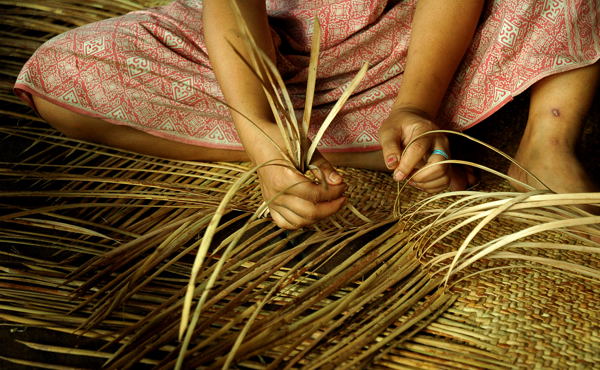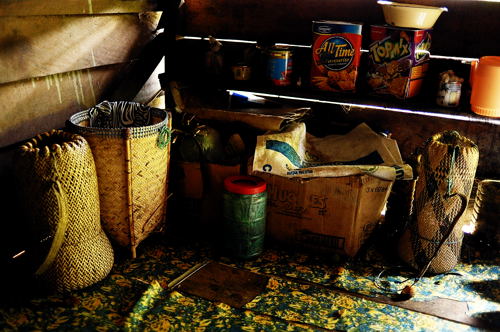by Lye Tuck-Po
13 September 2023
"Trade with surrounding longhouse communities has long been a major component of the Penan economy. Traditionally this trade has been based on the collection of forest products and weaving of rattan by Penan, who exchange these for items such as metal, cloth, salt and tobacco, and various sorts of manufactured goods such as flashlights. . .Both in the past and at present the Penan have been known for the fine woven rattan mats (burat) and baskets (bukoy) which they produce, and this continues to be the primary source of cash for Western Penan today" (Brosius 1992:141, 142).*

"Among contemporary Penan, women are the exclusive processors and weavers of rattan. As such, they play a key role in the production of mats and baskets for trade" (Brosius 1992:149).*






















Comments